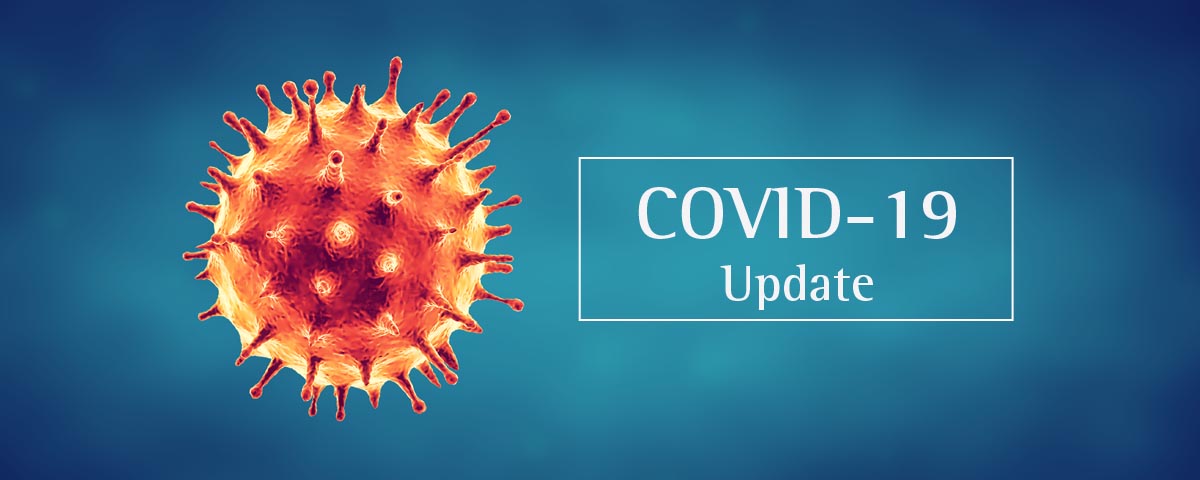Migraine Associated Vertigo – Symptoms and Triggers
The dreaded migraine often comes with multiple symptoms such as loss of vision, lightheadedness and vertigo. Approximately 17% of females and 6% of males experience severe migraines. Of those, one third also experiences episodes of dizziness and vertigo. Dizziness causes a loss of balance meanwhile, vertigo provides a sensation that the room is spinning around you. Episodes usually last under an hour (33%) or between 1-24 hours (21%).
There are many causes for migraine–associated vertigo (MAV). The most commons theories include the brain being hyper-excitable, therefore discomfort is associated with light, loud noises and motions. Which can trigger both a migraine and vertigo. Another popular theory is that problems with blood flow regulations and electrical activity can cause migraines. This theory explains the loss of vision during migraines. Diet is another large trigger, specifically, alcohol consumption, caffeine, chocolate and aged cheeses show an increase in migraine susceptibility. In addition, weather changes such as change of season, thunderstorms and barometric pressure are another common trigger for those commonly affected. Finally, physical states such as dehydration, sleep deprivation and exhaustion are one of the main instigators for migraines.
Solutions and Treatments
The course of action to treat MAV begins with trigger avoidance. Changing dietary habits as well as taking vitamin supplement such as magnesium show increased relief of symptoms. Other treatments fall in the medication categories, using either antidepressants (Venlafaxine), Antihypertensive (Verapamil SR), Anticonvulsants (Topiramate), or even more dramatic measure such as Botox injections. Their goal is to treat the migraine, which will relieve the symptoms of vertigo as well.
Adapted from the book Dizziness and Vertigo Across the Lifespan (2019), pages 135-141






